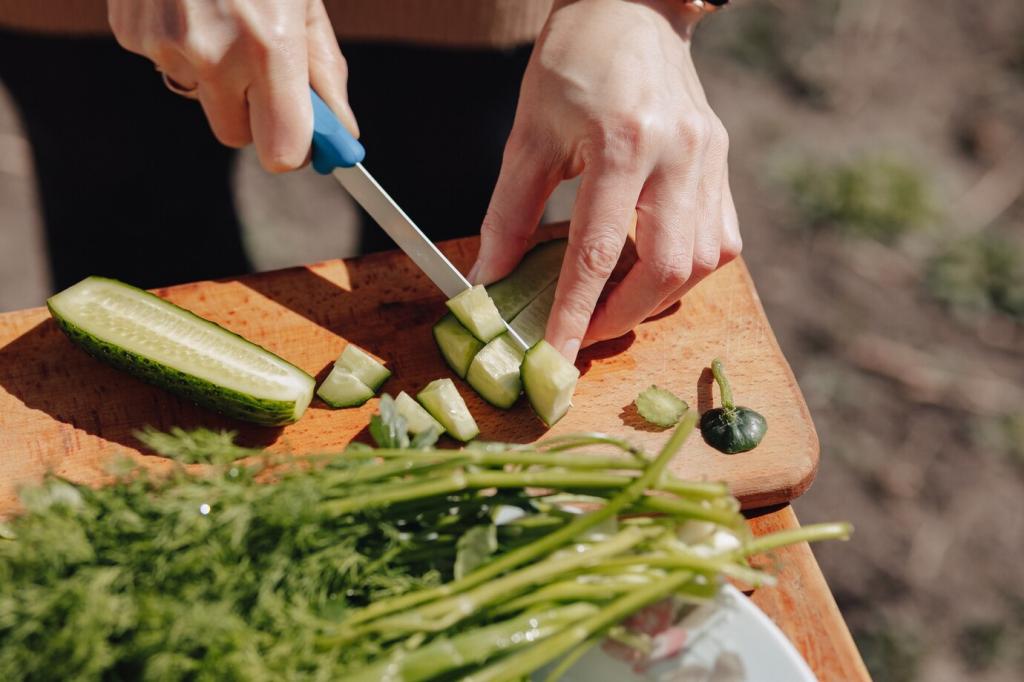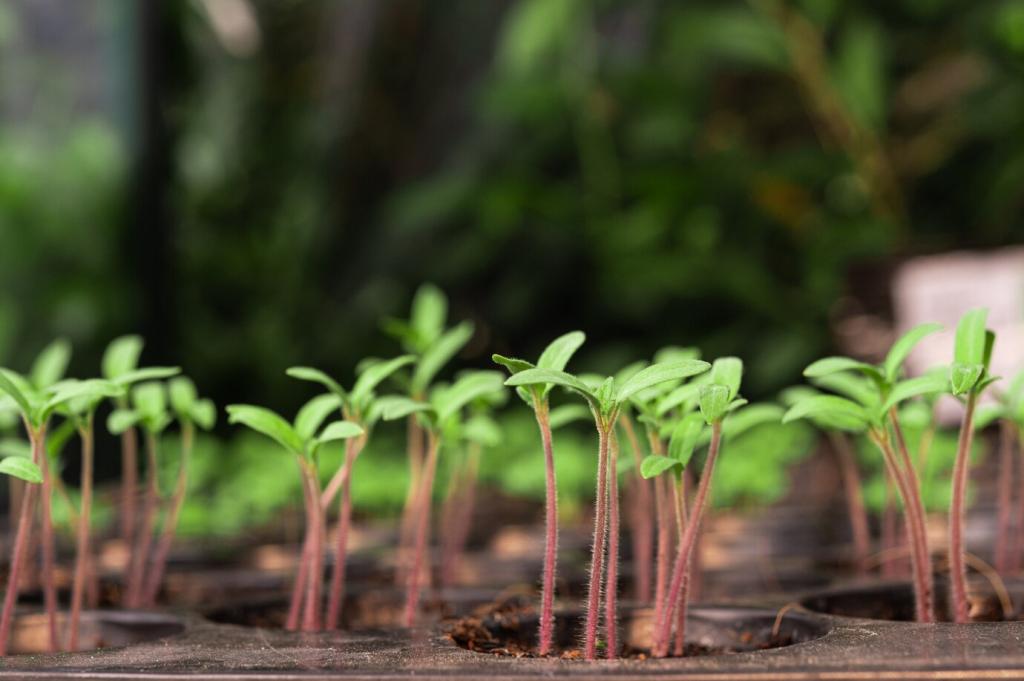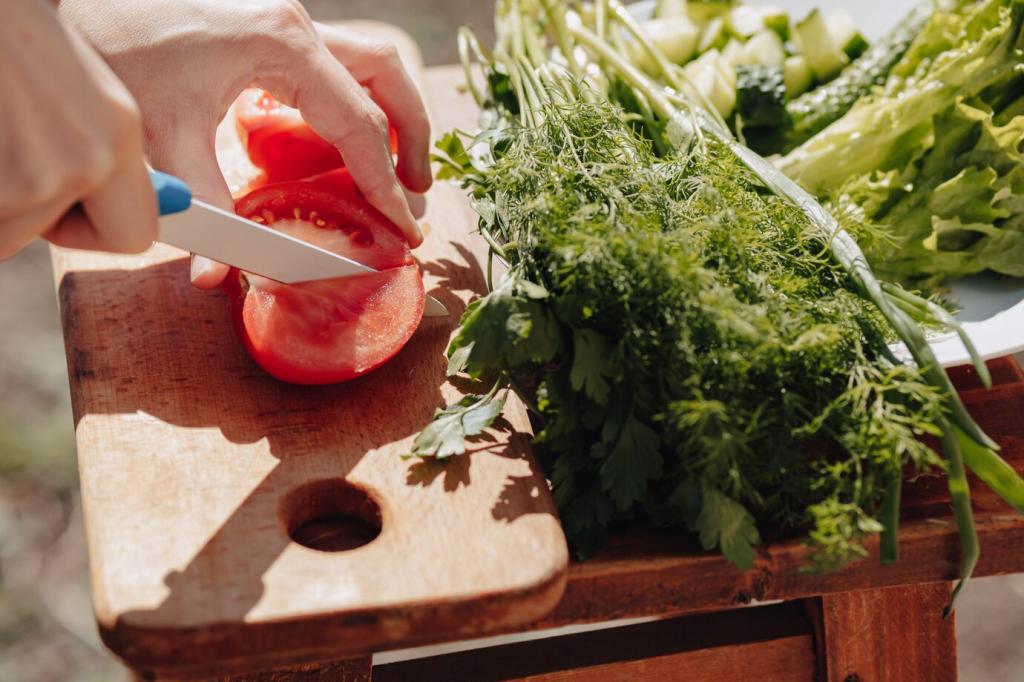Extend the Harvest: Succession, Perennials, and Preserves
Sow small patches of lettuce, arugula, and radish every two weeks. Harvest baby leaves while the next wave grows on. This rhythm keeps your salad bowl lively and reduces waste. What’s your favorite cut-and-come-again mix?
Extend the Harvest: Succession, Perennials, and Preserves
Plant rosemary, sage, sorrel, lovage, and walking onions for dependable flavor with minimal replanting. They anchor meals when annuals are between sowings. Share a perennial-based recipe that surprised you with depth and simplicity.








